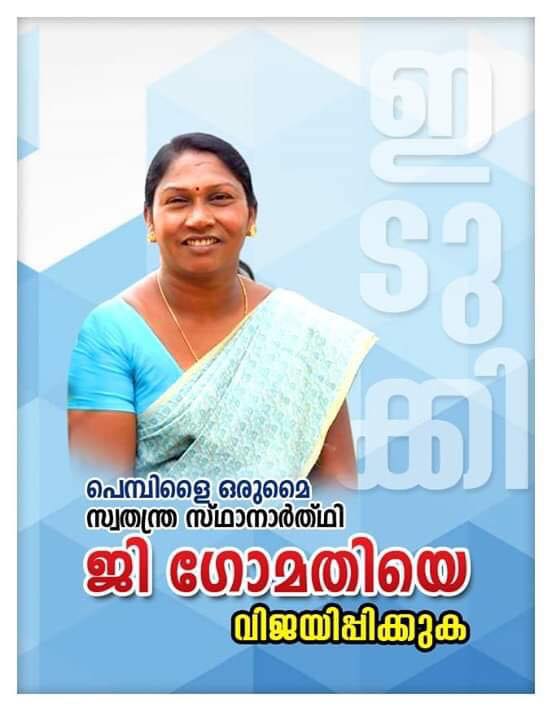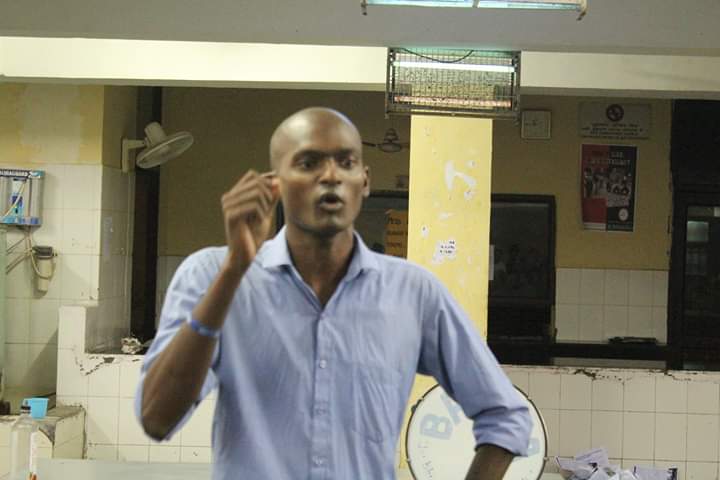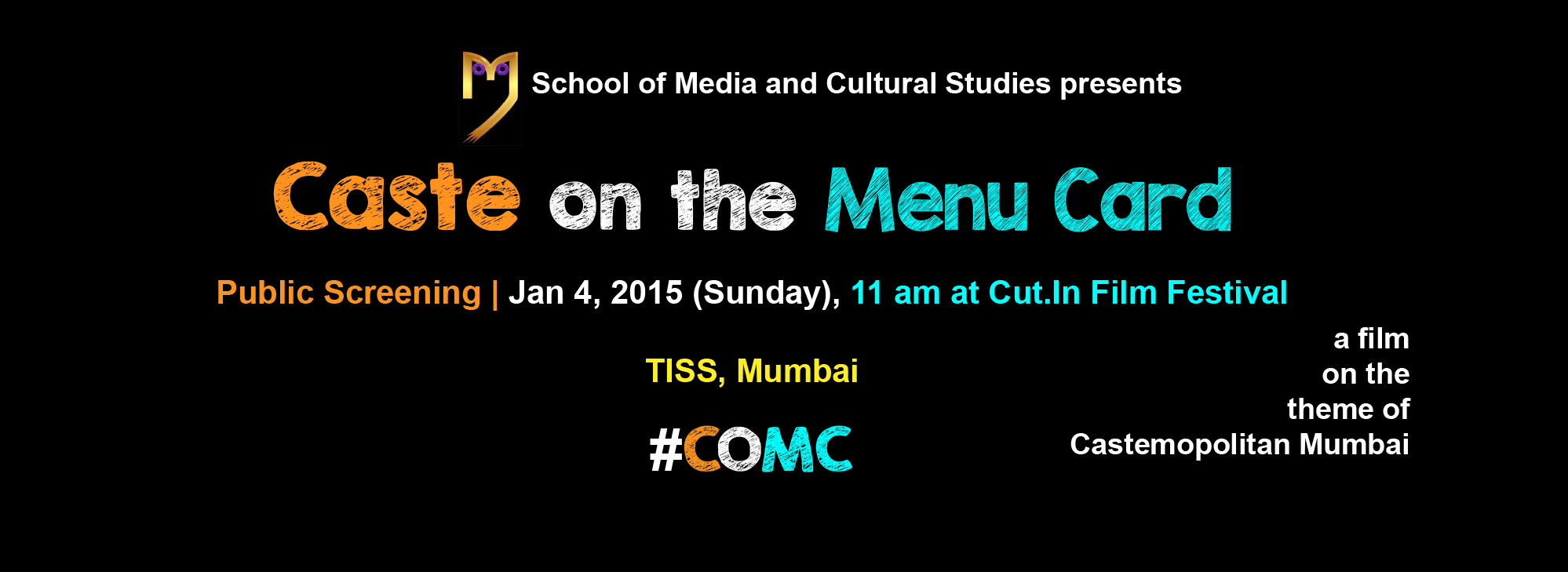Anurag Minus Verma
 Recently many of us have seen/read news about a few Indians thanking sanitation workers (read Dalits) with flowers for combating the corona pandemic on the streets. Such rare gestures look pleasant but this doesn’t change the fact that these are mere gestures1. It is no surprise that in these emergency times, many Dalits are out there and fighting the battle. The same community that is the most inhumanely treated in India.
Recently many of us have seen/read news about a few Indians thanking sanitation workers (read Dalits) with flowers for combating the corona pandemic on the streets. Such rare gestures look pleasant but this doesn’t change the fact that these are mere gestures1. It is no surprise that in these emergency times, many Dalits are out there and fighting the battle. The same community that is the most inhumanely treated in India.
I even heard a comment a few days ago at my apartment building that “We must thank these ‘lower castes’ who are taking care of sanitation issues in these tough times.“
Such comments are welcome but I wondered if we have a misconception that the contribution of Dalits in India is limited to cleaning the dirt of society. Are we ignorant of the variety of occupations that Dalits are/were masters of?
Even at many urban intellectual gatherings, I hear condescending comments on Dalits. At a recent house party where we screened an art film, a well-meaning acquaintance of mine said in a calm meditative tone — “Someone told me last night that you are from a Dalit community.“ He made such a sympathetic face as if I am suffering from an incurable disorder and he is with me in this situation of enormous grief. I recollected Nietzsche’s quote, “There is a rollicking kindness that looks like malice.”
This again brings me to the previous question- What is a good way to express gratitude to Dalits? I feel acknowledging the suffering of the community is the first step. The next and important one is to understand and acknowledge that Dalits are the great masters of many crafts and their tremendous knowledge system has thus resulted in enriching the Indian civilization.
A premier institute of design in India — National Institute of Design ( NID) is a hub for creating some of the brilliant artists every year. Many get placed in some of the coolest offices/ventures all over the globe and are paid quite well for their worth. Interestingly, many of the design courses they teach on the campus traditionally belonged to the lower castes. Such as textile design, apparel design, accessory design, toy design.
It is a very less known fact that Dalit occupations are in fact related to aesthetic designs. I belong to the Meghwal community. The traditional occupation of the Meghwal community in Rajasthan was weaving of fabrics like Khadi, a task many of the Meghwals are still practicing2. The colorful embroidery made by Meghwal women has refined craftsmanship with rich colors, and precise motifs and is popularly known as Meghwal embroidery in the Indian textile industry3.
Many unknown Dalit artisans are indirectly the suppliers of the latest fashion trends emulated by the general public of our urban society. All modern hip brands, which include names such as Esprit, Tommy Hilfiger, Zara, Mango, PUMA, Prada, and Marks & Spencer4, benefit from Dalits craftsmen. The craft of many low-caste cobblers is the force behind creating suave sling bags of the elites and middle class of the cities: an important flaunt-worthy item in their accessory.
In Bengal, the earliest successful craftspeople of the Indian musical instruments were mostly from the bottom layers of caste hierarchy. Namasudra and Poundra communities of Bengal, two scheduled caste communities, are known for possessing extraordinary skills of manufacturing classical musical instruments.5
Gond paintings originating from the state of Madhya Pradesh are made by a Scheduled Tribe. It has its roots in ancient tribal beliefs and traditions and these are very sought after paintings in the global art market. Paintings by artists such as Mayank Shyam (Son of Jangarh Singh) are sold in lakhs.6 There are demands for the artwork internationally and these paintings can be found in posh art galleries, five star hotels, or in the spotless modern houses of billionaires.7
In U.P, the Dalit community of bunkers is responsible for producing the top class handloom production in India. Especially in Benares, this dying art is associated with the creation of the famous Banarasi Saree.8 One might see it in movies, donned by your favorite actresses or in a wedding where it enhances the charm of both the married and yet to be married.
When we talk about footwear, we all know about Kolhapuri sandals, manufactured in Maharashtra. Another stylish footwear in India is popularly known as Punjabi jutti (Shoe) which has unique designs and intricate patterns. These jutties are manufactured in a Punjabi town named Muktsar.9 Despite possessing such an intricate art their work is looked down upon in the social hierarchy. The same jutti which taps on the songs of Badshah and Hardy Sandhu in night clubs has a history of caste discrimination for its creator.
A sense of inferiority complex is part of the experience of being a Dalit in India which is a direct result of conditioning set up by upper castes. Dalits themselves are unaware of their worth due to lack of information and the fact that we don’t have a culture of documenting achievements of Dalits. This has resulted in perpetuating this sense of underconfidence which, in a subtle psychological way, is causing enormous suffering to many Dalits.
Dalits have a lot to be proud of their identity, their culture, their unique skills, their knowledge system and finally, their contribution to nation-building.
We must introspect why the brilliant minds of the subcontinent were humiliated and subjugated to the worst treatment. Shouldn’t we introspect more on this? Isn’t this a collective failure of the nation?
Time has arrived to celebrate and acknowledge the contribution of Dalits communities in the field of artistic, intellectual and technological fields so that Dalits no longer feel the need to hide their identity. So that Dalits can just laugh out loud on dumb casteists comment on-campus that ‘Quota people are talentless.’
Hope in the glorious future a Dalit identity becomes a matter of absolute joy.
~
References
1. https://www.indiatimes.com/news/india/punjab-residents-shower-sanitation-workers-with-flowers-notes-garland-to-say-thank-you-509780.html
2. https://www.ohmyrajasthan.com/meghwal-community-rajasthan
3. http://plan.rajasthan.gov.in/content/industries/handmadeinrajasthandepartment/artandcraft/embroidarywork/meghwalembroidery.html
4. https://peoplesvoice.in/2017/03/18/rights-indian-leather-workers-systematically-violated/
5. https://medwinpublishers.com/AEOAJ/AEOAJ16000110.pdf
6. https://www.businesstoday.in/magazine/features/gond-tribe-traditional-art-global-recognition-selling-well/story/202691.html
7. http://www.mptourism.com/culture/tribal-paintings.html
8. https://www.sabrangindia.in/article/banaras-unique-rolling-credit-system-paralysed-de-monetization
9. https://scientificresearchjournal.com/wp-content/uploads/2017/08/Social-Science-4_A-287-293-Full-Paper.pdf
~~~
Anurag Minus Verma is an author and filmmaker based in Mumbai. He has published two books and made several award-winning films. He has recently released a collection of short stories titled – I love you but only on weekends. He finished his Masters in arts and aesthetics from JNU, Delhi. He also studied at the Film and Television Institute of India, Pune.










